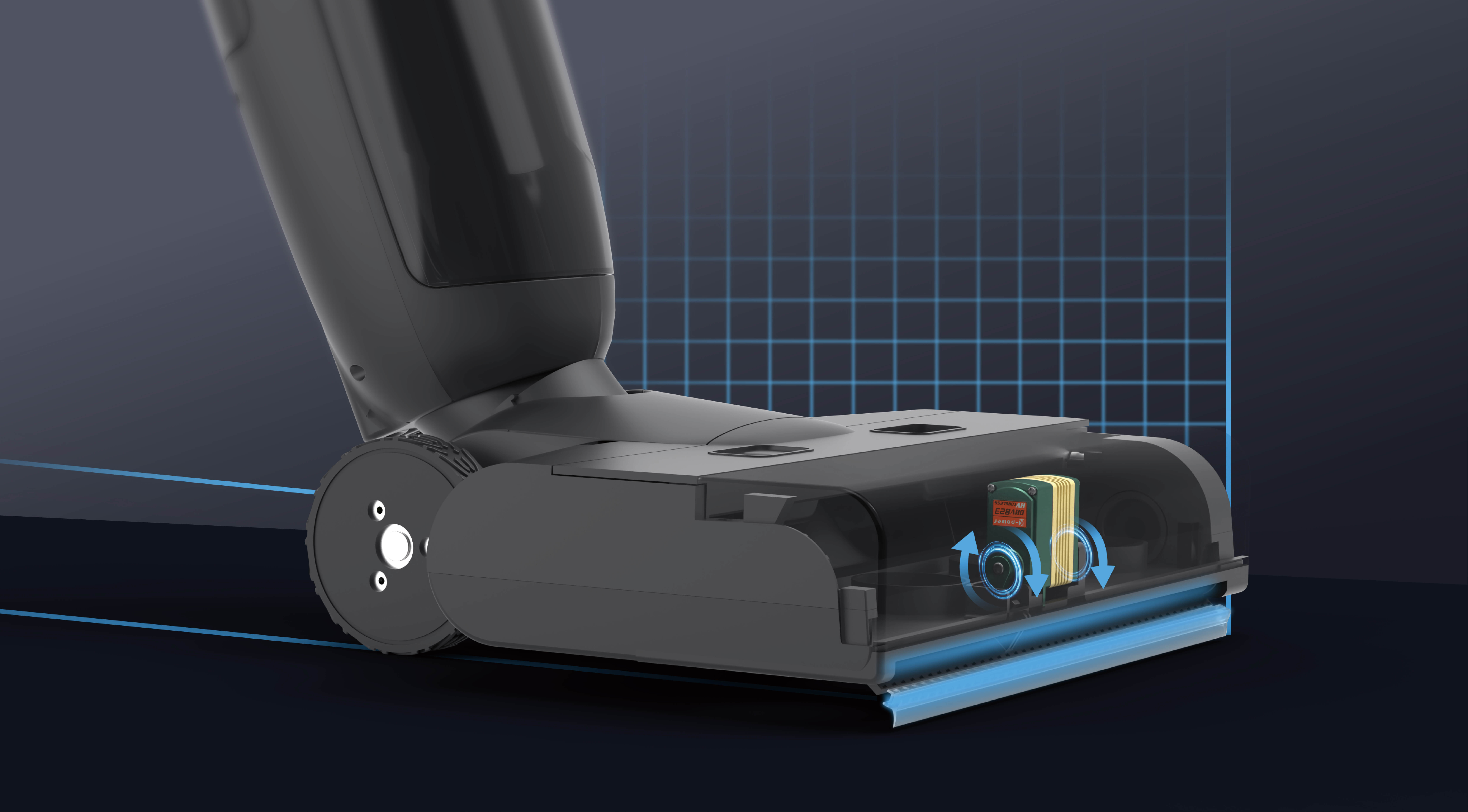part 1:
Navigating the Power: Unlocking the Secrets of Operating Voltage in Servo Motors
In the world of automation, robotics, and precise control systems, servo motors stand as the unsung heroes. They power countless applications—from robotic arms and CNC machines to drones and medical devices—each demanding accuracy, reliability, and efficiency. Behind the scenes of these performance marvels lies a fundamental parameter that often goes unnoticed yet profoundly influences every aspect of a servo motor’s operation: its operating voltage.

What is Operating Voltage?
At its core, the operating voltage of a servo motor refers to the voltage range within which the motor is designed to run safely, reliably, and efficiently. It’s not just a technical specification buried in datasheets; it’s the lifeblood that energizes the motor, dictating its speed, torque, responsiveness, and lifespan.
Think of it as the engine oil for your car. Too little, and the engine struggles; too much, and it might cause issues or damage. Similarly, operating a servo motor outside its recommended voltage range can lead to subpar performance or permanent damage. Proper voltage ensures the motor operates within an optimal zone—balancing power, control, and longevity.
The Voltage Spectrum: From Low to High
Most servo motors are designed with a specified voltage range. This range typically spans from a minimum voltage that initiates and maintains operation to a maximum voltage that the motor can tolerate without risking damage. The actual voltage you supply influences:
Speed: Generally, higher voltage results in higher rotational speeds, assuming load remains constant. Torque: Operating at optimal voltage ensures that the motor can generate the expected torque without overheating. Control accuracy: Voltage fluctuations affect the precision of position feedback and control systems. Energy efficiency: Running at an inappropriate voltage can lead to increased power consumption and heat generation.
Understanding this spectrum is essential for selecting the right servo motor for your application.
Why Do Different Applications Require Different Voltages?
Not all servo motors are created equal. Some are designed for subtle, precise movements in lightweight devices, while others are built to handle heavy loads in industrial settings. These differences often hinge on their operating voltage specifications.
For instance, a small servo used in hobbyist robotics might operate at 4.8V or 6V, whereas a heavy-duty industrial servo could require 24V, 48V, or even higher. Choosing a motor with the correct voltage range ensures that the device functions efficiently without risking damage or excessive wear.
How Voltage Affects Performance and Reliability
Operating a servo motor within its recommended voltage limits maximizes both performance and lifespan. Here’s how:
Efficiency: Correct voltage ensures the motor uses power optimally, reducing waste and heat. Thermal Management: Overvoltage can cause excessive heat buildup, leading to premature failure, insulation breakdown, or deformation of internal components. Mechanical Wear: Under- or over-voltage conditions can cause irregular movements, vibrations, or jerks that accelerate mechanical wear and tear. Control Precision: Voltage instability can impair the feedback mechanisms, resulting in inaccurate positioning and sluggish response times.
Voltage Compatibility and Supply Considerations
Before integrating a servo motor into your system, it’s vital to verify that your power supply can deliver the appropriate voltage within the specified range. This involves:
Voltage Stability: Ensuring your power source maintains a steady voltage, avoiding fluctuations that could stress the motor. Voltage Regulation: Using voltage regulators or stabilizers if your power source’s voltage varies frequently. Matching Voltage and Motor Specifications: Avoiding scenarios where your supply voltage exceeds the maximum ratings, which can instantly damage the motor.
In most cases, manufacturers provide detailed voltage ratings and recommendations — pay close attention to these specifications to optimize your system.
The Interplay with Other Electrical Parameters
While operating voltage is critical, it doesn't work in isolation. Current, resistance, back-EMF (Electromotive Force), and wattage all interplay to define the motor’s overall behavior. For example:
Voltage and Current: Applying a higher voltage typically increases current, leading to higher torque but also more heat. Back-EMF: Higher speeds generate more back-EMF, which can influence voltage regulation and control strategies. Wattage: Power consumption depends on both voltage and current; exceeding wattage limits can cause overheating.
Therefore, understanding voltage in conjunction with these parameters offers a holistic view for designing efficient, durable servo systems.
Common Misconceptions About Operating Voltage
A few myths persist that can mislead newcomers:
"The higher the voltage, the better the performance." — Not necessarily; exceeding the rated voltage risks damaging the motor. "Running at a lower voltage saves energy." — While minor reductions might conserve power temporarily, underpowering can cause sluggish operation and increased wear. "Voltage is the only parameter to consider." — Correct voltage is vital, but other factors like current, load, and duty cycle are equally important.
Knowing these misconceptions helps in making informed decisions that balance performance with longevity.
(End of Part 1. The second part will dive deeper into practical application, selection tips, and innovative insights related to operating voltage in servo motors.)
Established in 2005, Kpower has been dedicated to a professional compact motion unit manufacturer, headquartered in Dongguan, Guangdong Province, China.




































